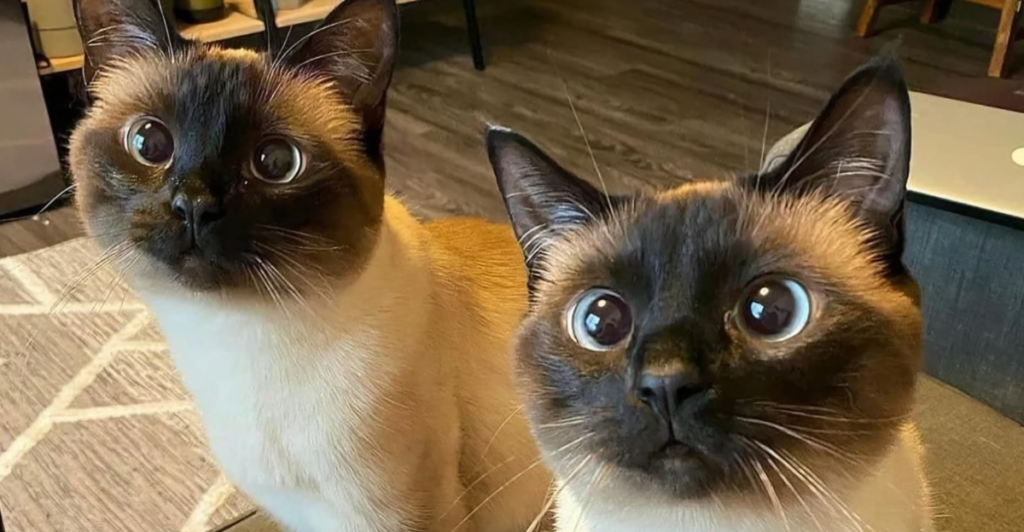
Siamese cats are undeniably striking—with their sleek coats, piercing blue eyes, and outgoing personalities, they’ve captured hearts for generations. But behind the glamour lies a breed that’s not for everyone. From their constant need for attention to their loud, demanding voices, Siamese cats come with quirks that can catch new owners off guard. Before falling for their looks, here are nine reasons you might want to think twice.
The Siamese Cat Conundrum
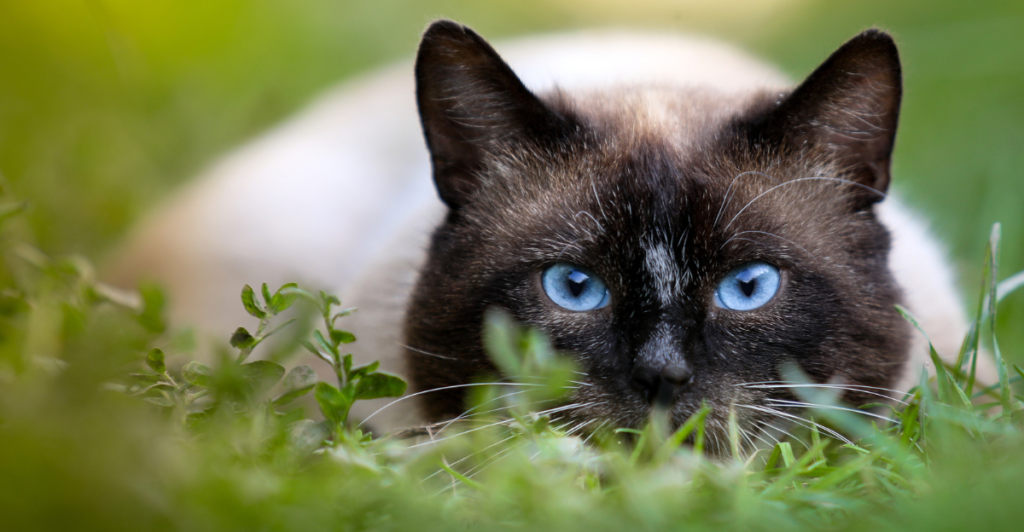
Siamese cats are captivating creatures with one of the most recognizable appearances in the feline world. Their sleek coats, color-point markings, and dog-like loyalty have earned them a fanbase spanning decades. But that beauty can be deceiving. Beneath the charm is a breed that demands more than most pet owners expect—emotionally, physically, and even financially.
Siamese cats are not your typical “set-it-and-forget-it” pets; they require constant attention, mental stimulation, and specialized care. What some owners call “affectionate,” others experience as needy. What’s labeled “intelligent” can often come across as manipulative or obsessive. This list explores the lesser-known side of Siamese cat ownership—traits that, while fascinating, can easily become overwhelming.
If you’re thinking about adding one to your family, here are nine glaring reasons you might want to rethink that decision before it’s too late.
1. Longevity Commitment: A Two-Decade Responsibility
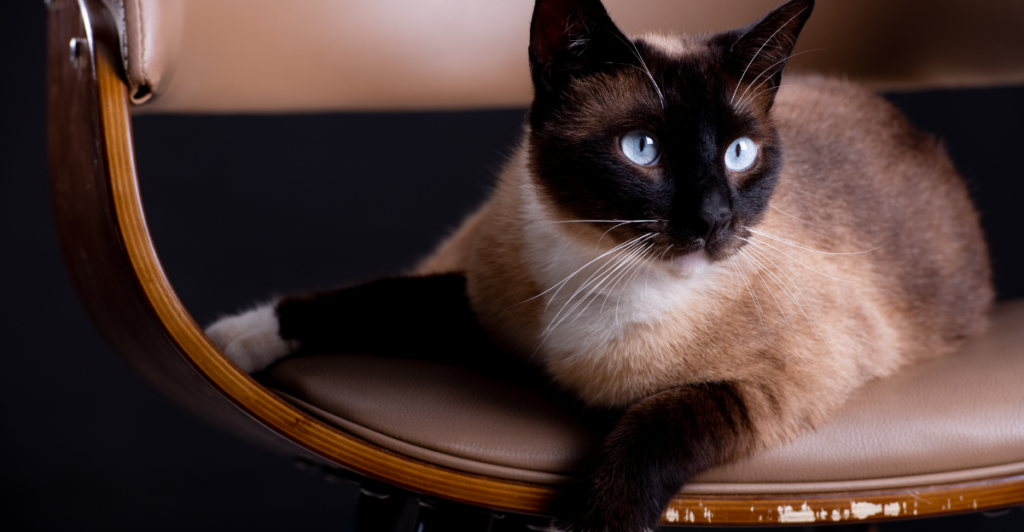
A Siamese cat’s lifespan can stretch up to 20 years, which, while a testament to their robust genetics, also translates into a two-decade responsibility. Over those years, they will require consistent healthcare, specialized diets, companionship, and emotional support.
Their needs can evolve with age, potentially including chronic health conditions like arthritis, dental disease, or kidney issues—each adding to the complexity and cost of care. The breed’s long life is a gift for those who can offer sustained attention and resources, but it becomes a burden for those whose lives may change drastically in the meantime.
College students, frequent movers, or those unsure of long-term stability should think carefully before committing to a pet with such longevity.
2. Hyperactivity: Not Your Average Lap Cat
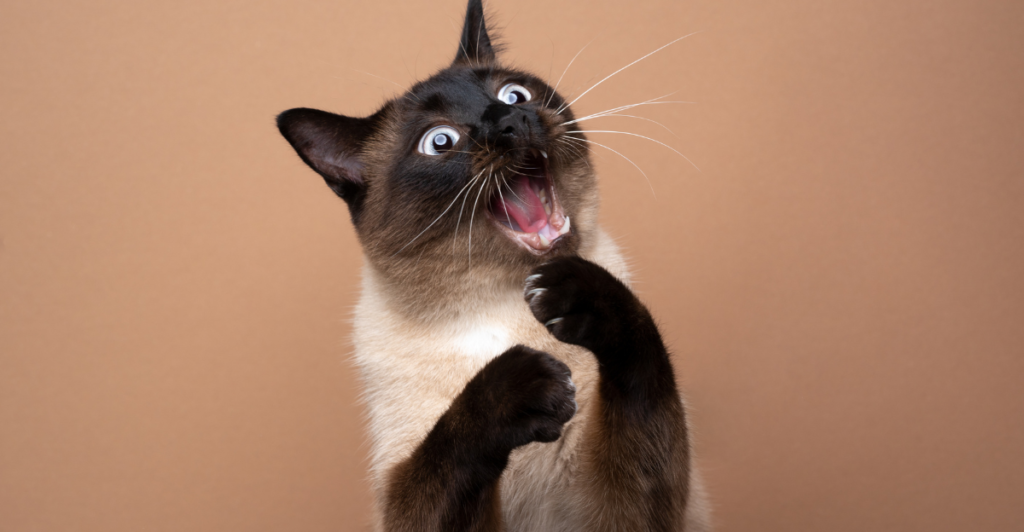
Siamese cats are energetic to the point of exhaustion—for their owners. While most cats nap for hours and keep to themselves, Siamese cats rarely sit still. They’re constantly on the move, climbing furniture, leaping across shelves, and seeking interaction.
This hyperactive temperament, driven by their intelligence and curiosity, requires a daily commitment to physical and mental stimulation. Without puzzle toys, climbing trees, and interactive playtime, they can become destructive out of sheer boredom. Left alone too long, they may lash out by shredding curtains or knocking valuables off shelves.
A study found that highly intelligent breeds like the Siamese display “frustration behaviors” when under-stimulated. While some might admire their dog-like energy, owners with full-time jobs or calmer households may find their constant motion exhausting rather than endearing.
3. Vocalization: A Symphony of Meows
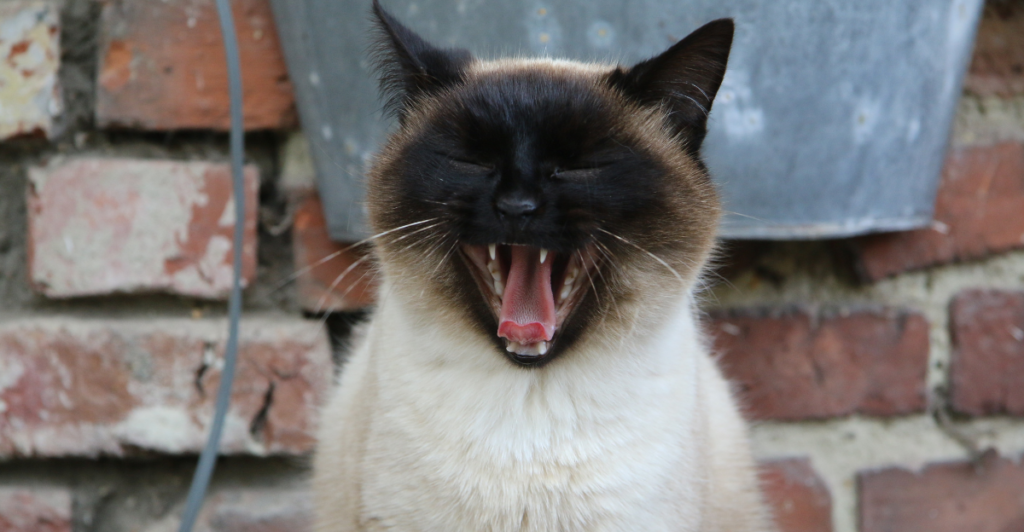
Siamese cats are the opera singers of the feline world—and they rarely hit mute. Their distinct, loud meows are used to communicate everything from hunger to loneliness to protest. While some people find this endearing, others compare the constant vocalizations to having a baby that never grows up.
Their vocal range is not only wide but also emotionally expressive, which can be jarring in quiet homes. This breed often meows throughout the night, demanding companionship or expressing displeasure at being left alone.
Apartment dwellers or families with small children may find this trait disruptive. And unlike other breeds that can be trained to reduce vocal outbursts, the Siamese sees “talking” as an essential part of its identity.
4. Genetic Predispositions: Health Risks Galore
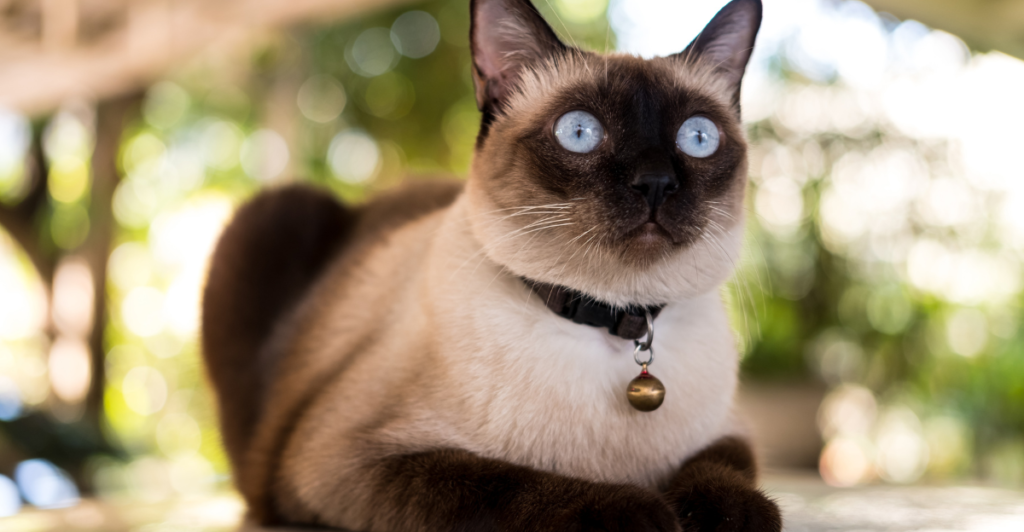
Underneath their elegant appearance, Siamese cats carry a genetic blueprint that makes them prone to a surprising array of health problems. Amyloidosis, a condition where abnormal proteins accumulate in organs like the liver and kidneys, is alarmingly common in the breed.
They’re also susceptible to progressive retinal atrophy, which causes gradual blindness, and feline hyperesthesia syndrome—a neurological disorder that leads to extreme skin sensitivity and erratic behavior.
A 2021 study in Veterinary Ophthalmology reported that Siamese cats have one of the highest rates of inherited retinal degeneration among all breeds. Their digestive systems are often delicate, requiring grain-free, easily digestible diets to prevent chronic vomiting or diarrhea. These issues can lead to thousands in vet bills over their lifetime.
5. Territorial Aggression: A Jealous Streak
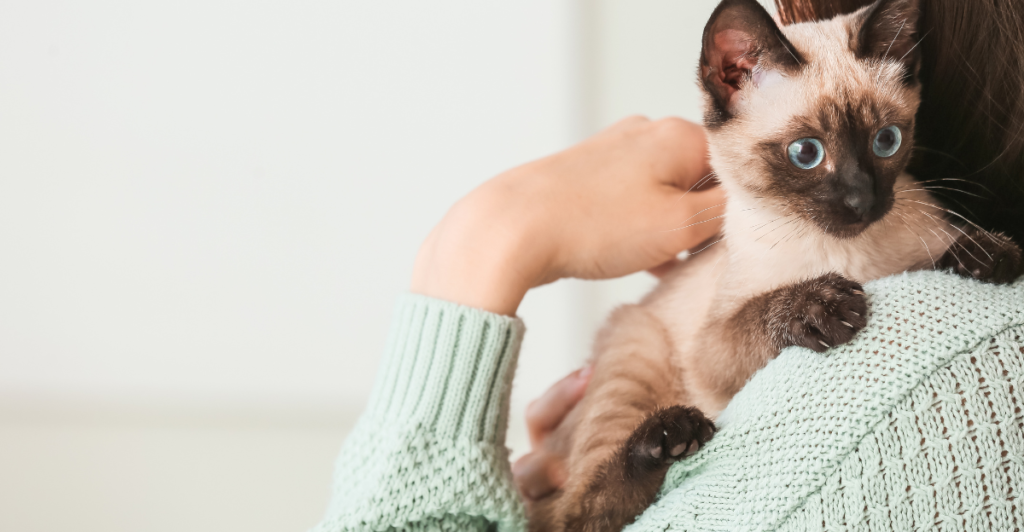
Siamese cats are known for their intense bonds with their humans—but this devotion can quickly morph into jealousy. Their territorial nature makes them prone to aggressive displays if they feel their space or person is being “invaded,” whether by a new pet or a visiting friend.
Unlike more laid-back breeds, Siamese cats don’t adapt easily to sharing. They may hiss, swipe, or even urinate inappropriately to reassert dominance. In multi-pet homes, Siamese cats may show increased aggression, particularly when new animals are introduced. This is often linked to territorial behavior or competition for attention.
This behavior isn’t limited to animals—infants, houseguests, or even partners can trigger it. For families expecting harmony among their pets or who frequently entertain visitors, this breed’s jealous streak can disrupt the peace.
6. Wool-Sucking: A Compulsive Habit

One of the most bizarre and unsettling behaviors common in Siamese cats is wool-sucking. This compulsive action involves sucking or chewing on fabrics like sweaters, blankets, and even electrical cords. While it may begin as a comforting behavior in kittens weaned too early, it often escalates into a long-term habit tied to anxiety or genetic dopamine irregularities.
According to animal behaviorists, the trait is particularly prevalent in oriental breeds, especially Siamese, due to their sensitive neurochemical makeup. Ingested fabric can lead to gastrointestinal blockages requiring emergency surgery.
Owners must constantly monitor the cat’s environment and restrict access to soft materials, which can be exhausting. If you’re not prepared to cat-proof your home like a toddler’s playroom—and continuously replace ruined clothes and linens—this compulsive quirk may outweigh the breed’s charm.
7. Sensitivity to Stress: Anxiety-Prone Personalities
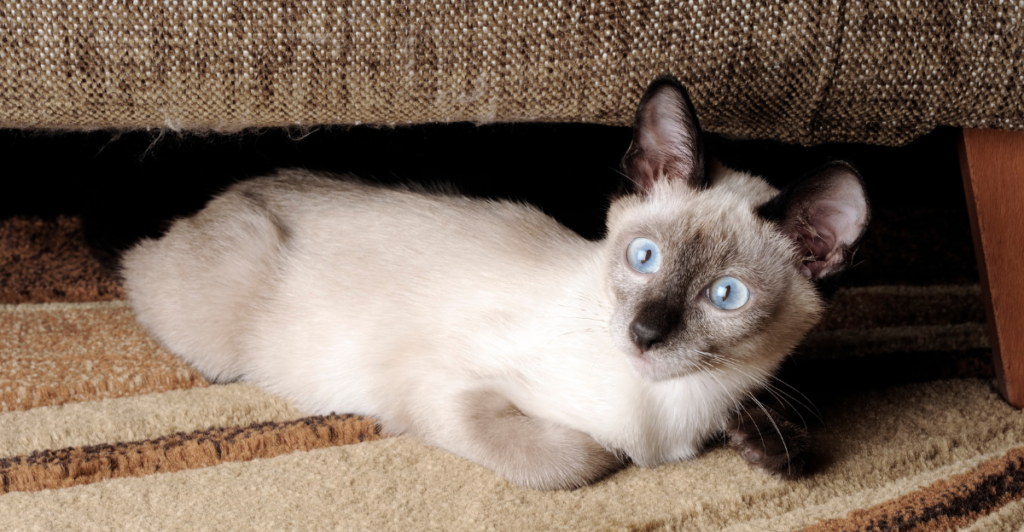
Siamese cats are deeply social and emotionally attuned—but this sensitivity also makes them incredibly stress-prone. Small changes in the environment—a shift in routine, a new scent, or even a piece of moved furniture—can trigger anxiety.
Symptoms often manifest as over-grooming (leading to bald spots), aggression, or digestive issues. Their anxiety also makes them highly susceptible to separation-related distress, sometimes resulting in obsessive behaviors or excessive meowing when left alone.
While their emotional depth can be rewarding, it demands a stable, attentive household with consistent daily interactions. If your lifestyle involves frequent travel, rotating schedules, or sudden changes, the Siamese’s fragile emotional balance may result in a constant cycle of behavioral management.
8. Dietary Picky Eaters: A Culinary Challenge
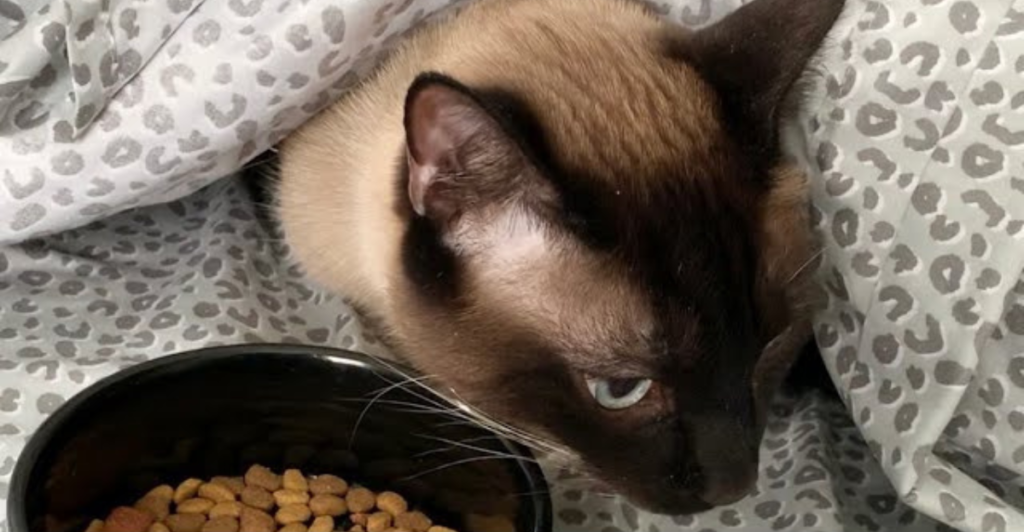
Feeding a Siamese cat often feels like catering to a finicky restaurant critic with unpredictable tastes. They are notorious for being picky eaters—rejecting even high-quality food without warning. Compounding this is their sensitive digestive tract, which reacts poorly to common ingredients like grains, soy, and dairy.
Sudden changes in diet can cause vomiting or chronic gastrointestinal distress. Owners frequently resort to trial-and-error methods involving expensive, specialty foods just to find a tolerable formula.
Inconsistent eating patterns can lead to malnutrition or obesity, both of which exacerbate their predisposition to other health conditions. If you’re unwilling to become a full-time feline nutritionist—or invest in premium pet food that may still be rejected—this breed’s dining habits could be a serious drawback.
9. Space Requirements: Room to Roam
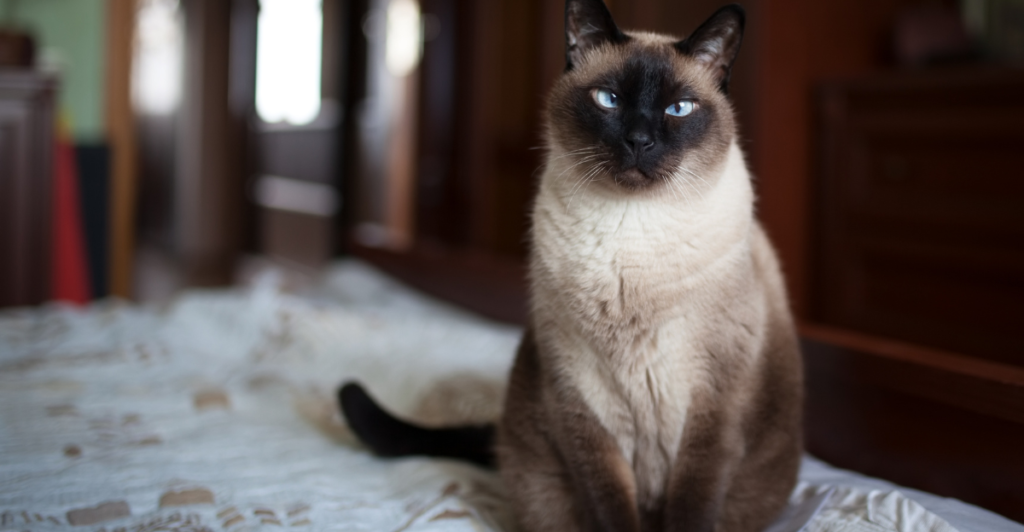
Despite their relatively small size, Siamese cats need much more room than one might expect. Their energetic nature, combined with their curiosity and intelligence, means they need space to climb, explore, and play vigorously.
Confined living quarters or minimalist apartments without vertical climbing structures can lead to boredom and frustration, which in turn leads to destructive behaviors like clawing furniture or mischief involving cabinets and curtains. Unlike more laid-back breeds content with a cozy windowsill, Siamese cats crave environmental stimulation and may pace, vocalize, or lash out if they feel trapped.
They thrive in enriched spaces filled with toys, shelves, and interactive areas. If your home lacks room to accommodate this level of physical and mental engagement, you might find your Siamese turning their energy toward less desirable outlets—and your furniture may pay the price.
Can You Handle A Siamese Cat?

Siamese cats often dazzle at first glance—with their exotic appearance, intelligence, and dog-like loyalty. But beneath the allure lies a breed that isn’t ideal for everyone. Their emotional complexity, health sensitivities, high energy, and demanding personalities challenge the myth of the “low-maintenance cat.”
Many of their most celebrated traits—like vocalization and attachment—can quickly become drawbacks in the wrong environment. Choosing a Siamese cat based purely on aesthetics or reputation can lead to frustration for both owner and pet.
Before welcoming one into your life, ask yourself: can you match their energy, meet their dietary needs, tolerate their noise, and remain consistent over decades? If not, the most loving decision may be to admire this remarkable breed from afar—and explore cats that better align with your lifestyle. Sometimes, the best match isn’t the most glamorous one.
Explore more of our trending stories and hit Follow to keep them coming to your feed!

Don’t miss out on more stories like this! Hit the Follow button at the top of this article to stay updated with the latest news. Share your thoughts in the comments—we’d love to hear from you!







